5083 Marine Aluminum Channels for Coastal Marine Engineering Projects
In the realm of coastal marine engineering, material selection is crucial for ensuring the durability, performance, and safety of structures exposed to harsh sea environments. Among the many materials utilized, 5083 marine aluminum channels is know as a premier choice, combining exceptional corrosion resistance with superior mechanical properties tailored for maritime applications.
Why 5083 Aluminum Channels Are Ideal for Coastal Marine Engineering
5083 aluminum belongs to the Al-Mg alloy series, well-known for its outstanding anti-corrosive behavior, especially in saltwater environments. For engineers working on bridges, jetties, wharfs, floating platforms, ship superstructures, and other coastal infrastructure, the 5083 alloy ensures longevity and reduced maintenance needs.
Working with 5083 marine aluminum channels in coastal projects brings a unique set of considerations. The superior corrosion resistance of 5083, particularly in saltwater environments, is a major advantage, minimizing maintenance and extending the lifespan of structures compared to steel. However, the material's softer nature compared to other aluminum alloys means careful consideration must be given to potential impacts and abrasion. We often see issues in projects where insufficient protection is provided against chafing from mooring lines or debris, leading to premature wear. Proper design incorporating protective coatings, fenders, and strategically placed reinforcing elements is crucial for long-term success. Furthermore, the fabrication process necessitates specialized tooling and techniques to avoid work hardening and maintain the alloy's inherent properties.
Another insight from past projects revolves around the importance of consistent quality control throughout the supply chain. Slight variations in the alloy's composition or the surface treatment can significantly affect its corrosion resistance and weldability. We've encountered instances where using channels from less reputable suppliers resulted in increased corrosion rates and welding difficulties, leading to project delays and cost overruns. Therefore, thorough material testing and verification from certified suppliers is non-negotiable. Furthermore, the specific environmental conditions of the project site – salinity levels, tidal fluctuations, and exposure to marine growth – is critical in determining the optimal surface treatment and overall design for long-term performance and durability of the 5083 aluminum channels.
The unique property profile of 5083 aluminum channels allows them to resist the constant assault from salt-laden air and ocean spray, significantly mitigating the common issue of material degradation found in steel and other metals.
the Material Parameters and Chemical Composition
To appreciate the technical readiness of 5083 marine aluminum channels, it's important to recognize their chemical makeup which directly influences their corrosion resistance and overall durability.
| Element | Content (wt%) |
|---|---|
| Aluminum (Al) | Balance (~92.0-94.6) |
| Magnesium (Mg) | 4.0 – 4.9 |
| Manganese (Mn) | 0.4 – 1.0 |
| Chromium (Cr) | 0.05 – 0.25 |
| Silicon (Si) | ≤ 0.4 |
| Iron (Fe) | ≤ 0.4 |
| Copper (Cu) | ≤ 0.1 |
| Zinc (Zn) | ≤ 0.25 |
| Titanium (Ti) | ≤ 0.15 |
The elevated magnesium content (4.0-4.9 wt%) lends 5083 aluminum excellent strength without sacrificing its corrosion-resistant characteristic. Additions of manganese and chromium help in fine-tuning its grain structure, granting toughness and enhancing protection against localized corrosion such as pitting and crevice corrosion commonly triggered by marine conditions.
5083 aluminum is typically supplied in two temper conditions: O (annealed) and H116 (strain-hardened and partially annealed). For marine engineering, the H116 temper strikes an optimal balance between strength and ductility.
- H116 Temper: Demonstrates improved resistance to stress corrosion cracking (SCC) compared to other tempers—a consideration that becomes critical in coastal infrastructure exposed to cyclical loading and still subjected to saline environments.
Mechanical Properties of 5083-H116
| Property | Value |
|---|---|
| Ultimate Tensile Strength (MPa) | 290 – 350 |
| Yield Strength (MPa) | ≥ 215 |
| Elongation at Break (%) | ≥ 12 |
| Hardness (BHN) | ~80 |
The alloy tempering, combined with consistent quality manufacturing processes, results in marine aluminum channels that resist cracking and deforming under mechanical stress, a common concern with other aluminum alloys.
Implementation Standards and Compliance
Coastal marine projects demand adherence to global and regional material standards to assure project resilience and safety. The 5083 marine aluminum channels conform to several stringent standards:
ASTM B221: Specification for aluminum and aluminum-alloy extruded bars, rods, wire, profiles, and tubes, ensuring consistent channel profiles and strength specifications.
ABS (American Bureau of Shipping) and Lloyd’s Register Certification: These ensure the aluminum is qualified for marine use under class society requirements for seaworthy equipment and structures.
ISO 6361-1 (Aluminum and Aluminum Alloys – Sheet, Plate & Strip): While principally for plates, it utilizes comparable conditions applicable to bulk extrusion ensuring high-performance alloy quality for forming into complex marine channel profiles.
These standards validate the material’s adaptability, corrosion resistance, and mechanical integrity for even the most challenging marine constructions.
Practical Applications of 5083 Marine Aluminum Channels
- Shipbuilding & Repair: Used as stiffeners, frames, and rails on ship decks and hull edges.
- Offshore Platforms: Structural support members takings loads from waves, wind, and operational equipment.
- Piers and Jetties: Their resistance to corrosion guards critical marine gateways facilitating transport and commerce.
- Marine Transportation Facilities: Dock bumps, ladders, vacancy markers—all benefit from lightweight but robust aluminum construction.
Advancing Sustainability with 5083 Marine Aluminum
With rising environmental standards, maritime engineering calls for materials that not only last but also minimize ecological footprints. 5083 aluminum is fully recyclable, making it a sustainable choice for coastal engineering projects focusing on extended lifecycle performance and reduced waste.
Related Products
Marine aluminum Z-shaped sections
Marine Aluminum Z-shaped Sections are fabricated from premium marine-grade aluminum alloys such as 5083, 5052, and 6061. These alloys are well-regarded for their superior corrosion resistance in seawater and marine atmospheres, along with good mechanical strength and excellent weldability.
View Details6061 marine aluminum round bar
6061 aluminum belongs to the 6xxx series alloys, alloyed primarily with magnesium and silicon. In the T6 temper, it undergoes solution heat treatment and artificial aging, resulting in enhanced mechanical properties while maintaining excellent corrosion resistance.
View Details5083 marine aluminum flat bar
5083 aluminum flat bars belong to the 5xxx series of aluminum-magnesium alloys, known primarily for their superior resistance to seawater corrosion and salt spray.
View DetailsMarine aluminum I-beams
Marine Aluminum I-Beams feature the traditional “I” cross-sectional profile fabricated from marine-grade aluminum alloys like 5083, 5086, and 6061. These alloys are renowned for their outstanding corrosion resistance, especially in saltwater and marine atmospheres, making them ideal for offshore and naval construction.
View DetailsMarine aluminum channels
Marine Aluminum Channels are U-shaped aluminum profiles produced from alloys such as 5083, 5052, and 6061, known for their excellent marine corrosion resistance and superior mechanical strength.
View DetailsMarine aluminum angles
Marine Aluminum Angles are L-shaped cross-sectional aluminum profiles produced from marine-grade aluminum alloys such as 5083, 5052, and 6061.
View DetailsRelated Blog
5083 Marine Aluminum Channels for Lightweight Marine Vessel Design
5083 Marine Aluminum Channels for Lightweight Marine Vessel Design: A Perfect Fusion of Strength, Durability, and Corrosion ResistanceIn the evolving world of marine vessel design, the quest for materials that offer unbeatable strength.
View Details5083 Marine Aluminum Z Shaped Sections for Offshore Vessel Frame Design
In the demanding offshore marine environment, the structural integrity and corrosion resistance of vessels are crucial for reliable performance and safety.
View Details5083 Marine Aluminum Round Bar for Custom Coastal Marine Engineering
When it comes to custom coastal marine engineering, material selection is crucial for ensuring durability, strength, and resistance to harsh marine environments.
View Details5083 Marine Aluminum Channels for Offshore Platform Construction
In the demanding world of offshore platform construction, material selection forms the backbone of structural integrity, durability, and performance. With increasing emphasis on lightweight and corrosion-resistant materials.
View Details5083 Marine Aluminum Round Bar for Durable Offshore Vessel Parts
When it comes to constructing durable offshore vessel parts, material choice is paramount. Among various options, 5083 marine aluminum round bar stands out as a highly reliable and versatile solution.
View Details5083 Marine Aluminum Round Bar for High Strength Offshore Reinforcements
In the demanding world of offshore engineering, materials must withstand severe environmental conditions without compromising structural integrity. One such pivotal material is the 5083 Marine Aluminum Round Bar.
View Details

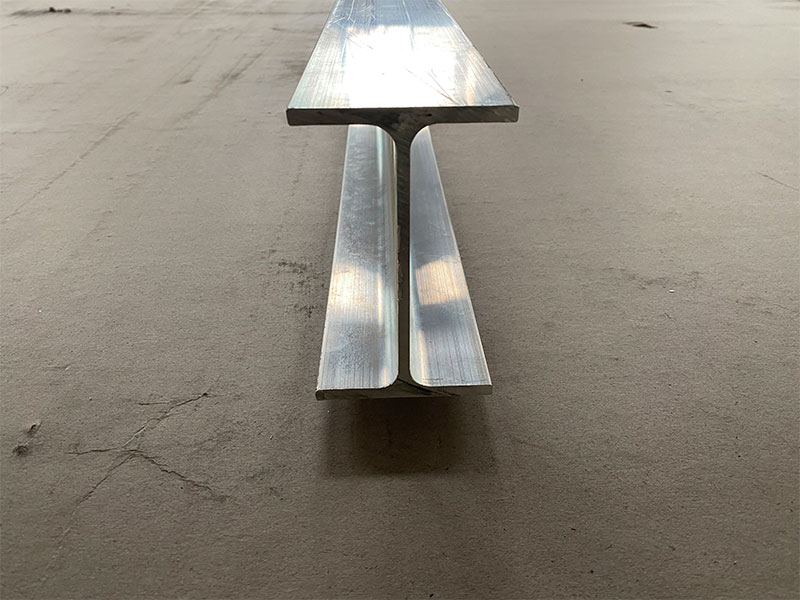
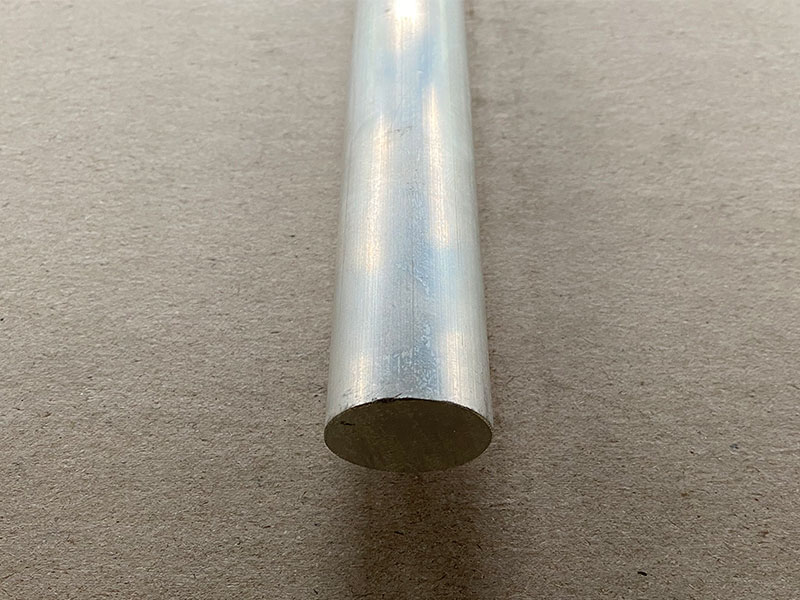
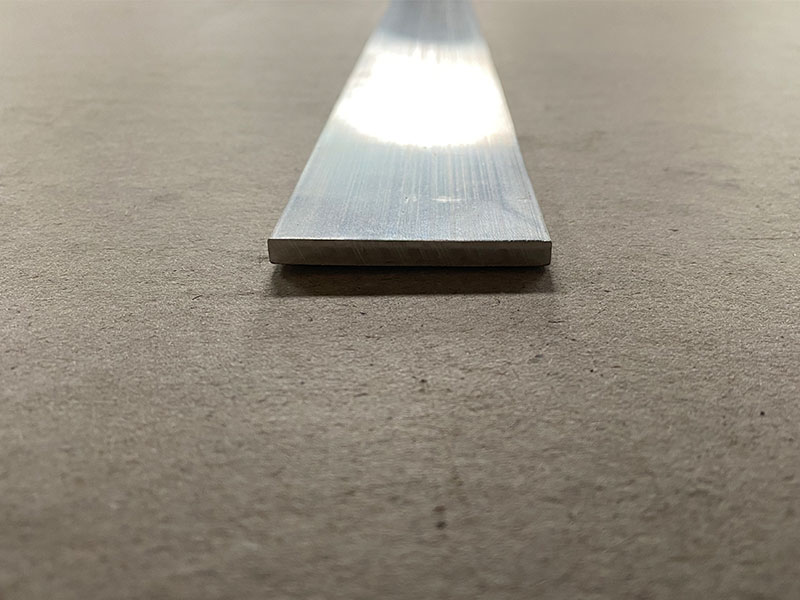
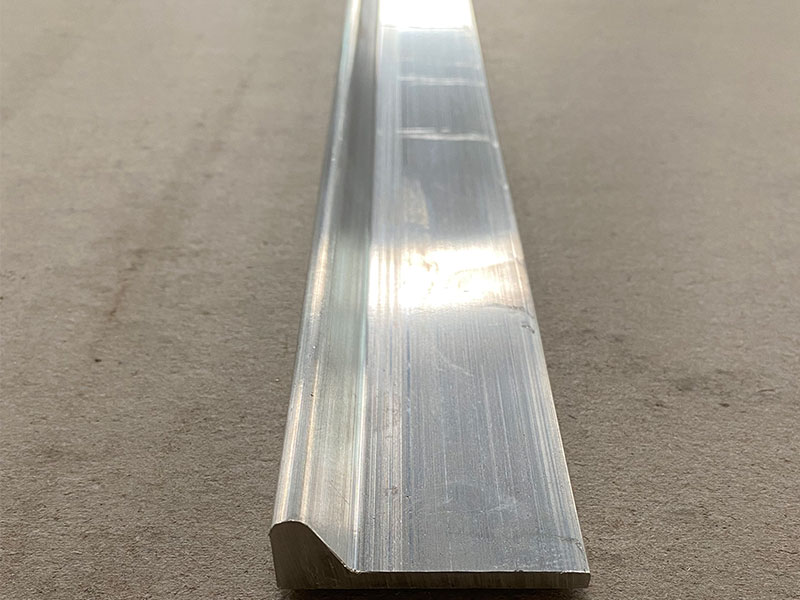
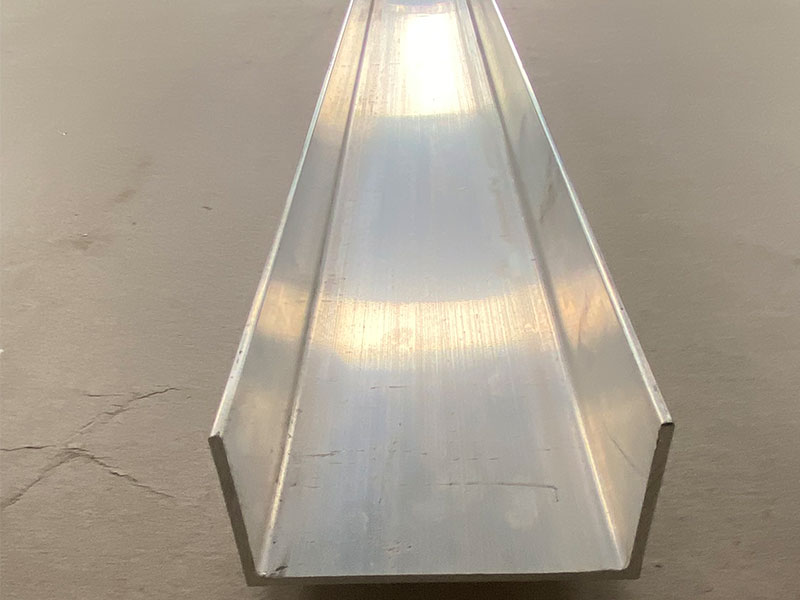
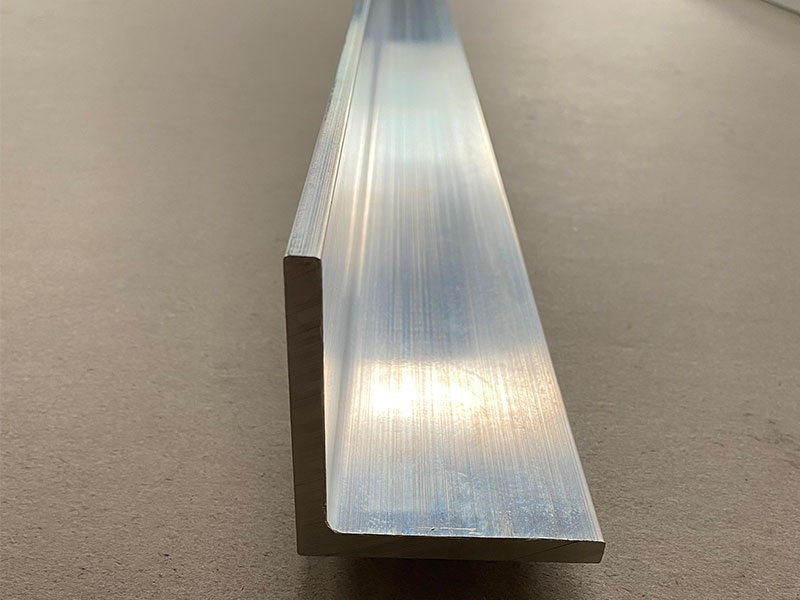





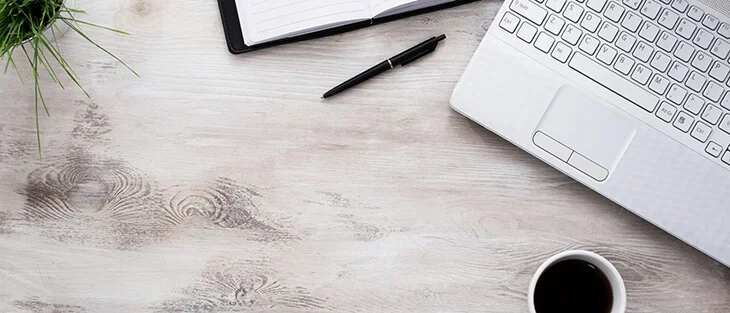
Leave a Message